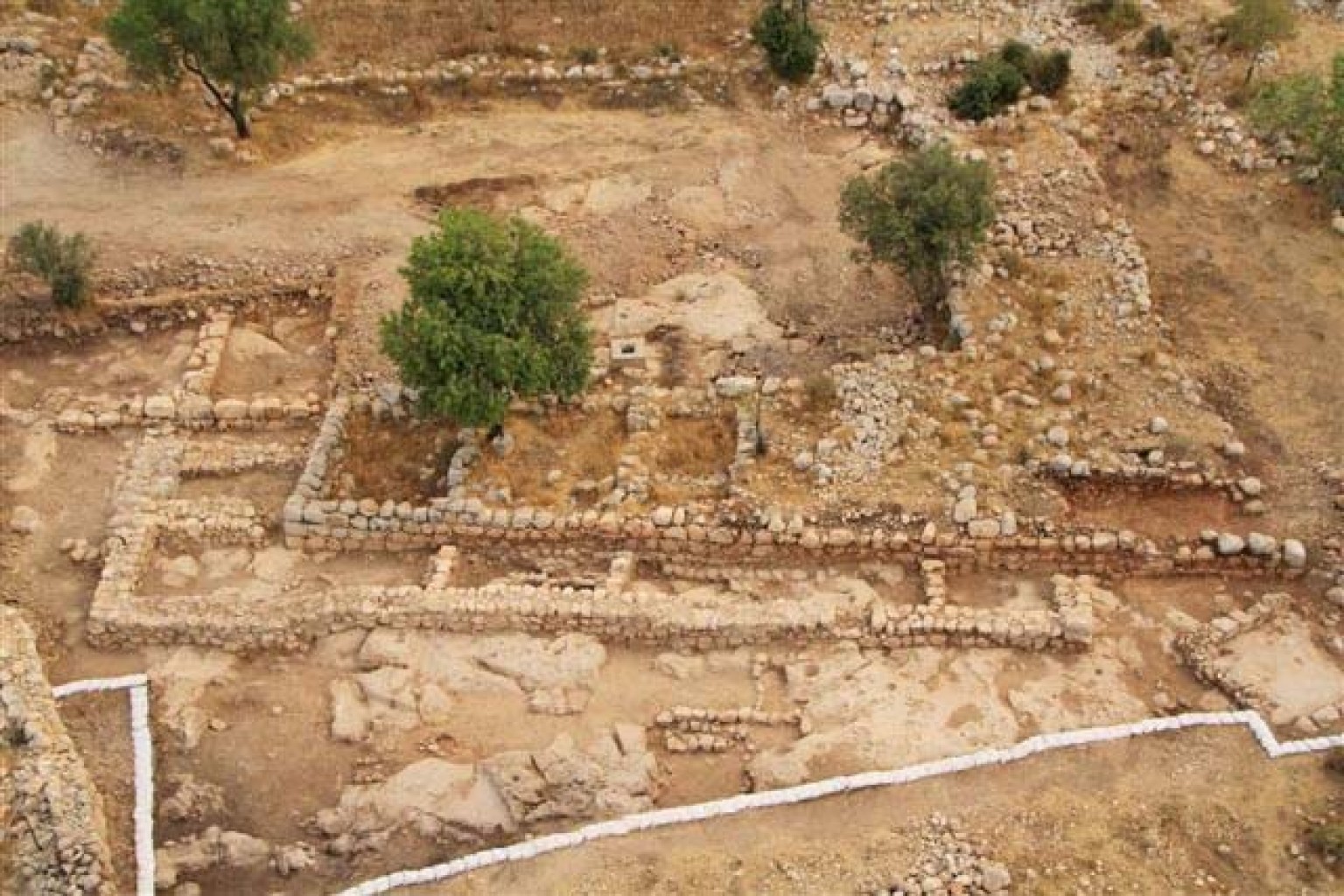 As we continue from part 1, Kitchen claims there are traces of direct evidence for David’s dynasty.
As we continue from part 1, Kitchen claims there are traces of direct evidence for David’s dynasty.
[T]he Tell Dan inscription and with virtual certainty the Moabite Stone each mention ‘the House of David,’ implying his former role as a personal dynastic founder, about 150 years after his death. Then, within barely 50 years of his death (ca. 970), we have what is in all likelihood “the heights of David” in the list of Shoshenq I (ca. 925), with a final t for final d exactly as in Ethiopia. (Alas, no clearly better and indisputable alternative can be offered, it seems!) The political situation of Hadadezer king of Aram-Zobah in circa 990 (reaching across the Euphrates) is extremely likely to find a reflex in the situation there in the time of Assur-rabi II of Assyria, as later reported by Shalmaneser III. So, explicit traces are beginning to emerge, even for the limited possibilities of the tenth century.
Kitchen then reminds his readers that explicit evidence is not the only kind of evidence.
It is equally important to measure off a document or account against what we know independently about the topics it includes. In this light much can be said: a little on Saul’s time, more on David’s, and much more on Solomon’s epoch.
Thus Saul’s regime was profitably compared with the ethos and practices of Levantine kingship. David’s ‘empire’ (inherited by Solomon) belongs to a particular type of ‘mini-empire,’ of a scope and nature only present and feasible within the interval between about 1180 and 870 and at no other time in the first millennium, being known also from Neo-Hittite and Aramean analogues.
Under Solomon, foreign relations do fit the context of his day; his temple and palace complex (and their furnishings) find ample and immediate cultural analogues, in both scale and nature. This is also true of the scale of his revenues; in fact, his 20 tons of gold in a year is poverty compared with the spending of over 380 tons of precious metal by Osorkon I soon afterward, and the 7,000 tons of gold that Alexander the Great lifted from the vanquished Persian Empire later on. Poetry (David) and instructional wisdom (Solomon) belong well in the tenth century, with earlier roots, and ample successors. . . .
The physical archaeology of tenth-century Canaan is consistent with the former existence of a unified state on its terrain then (with some monumental architecture). Jerusalem cannot deliver much on this; but on normal datings, Hazor, Gezer, and Megiddo (largely) can. And the occupation of the rest of the area is also consistent with this; it was not a land of ghosts. . . .
In short, the testing of the biblical text against external data (texts and artifactual contexts) shows precious little fantasy and much realistic agreement in practical and cultural aspects. Much more might be examined, but the subjects reviewed here give some idea of the real situation.